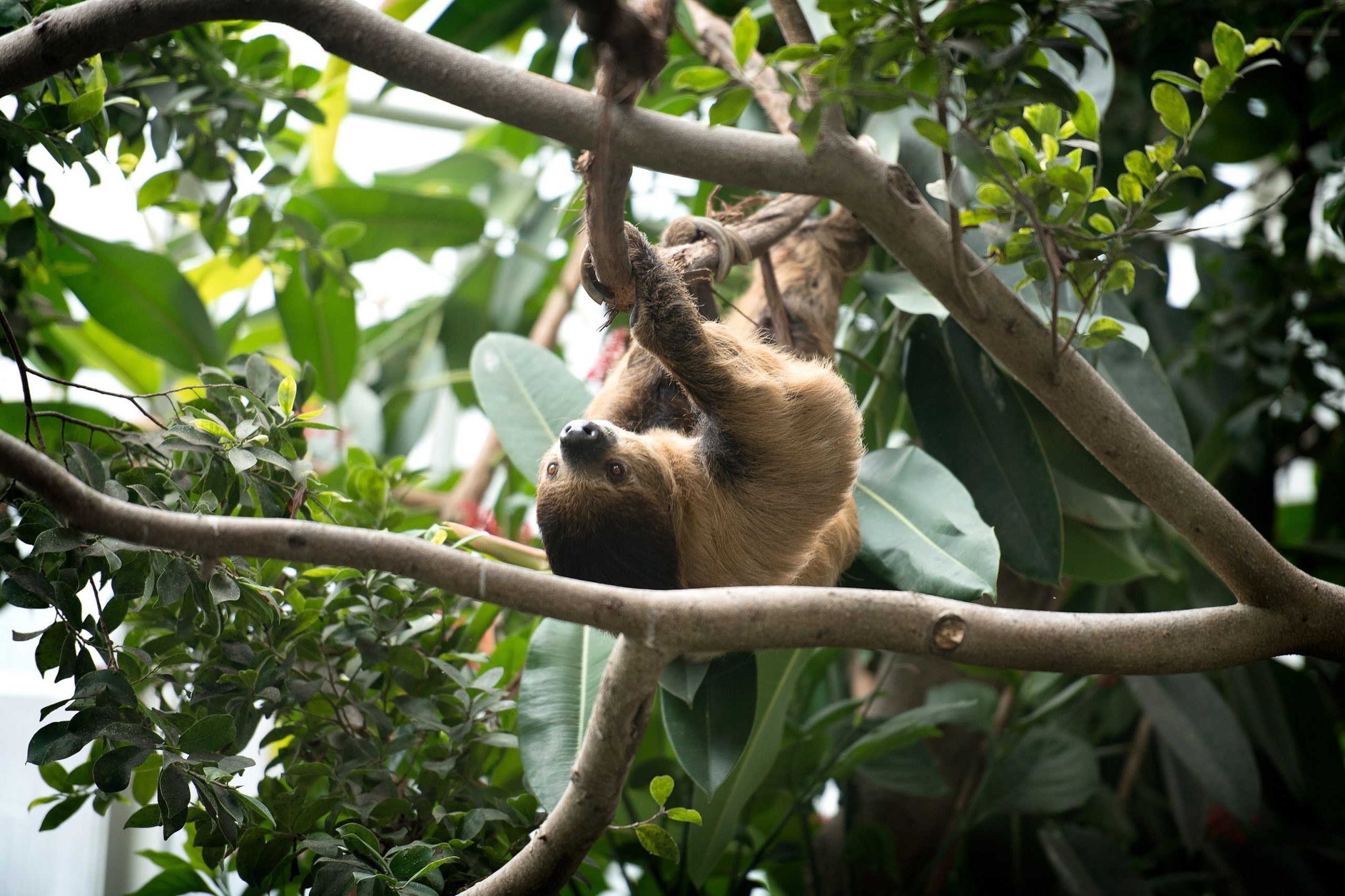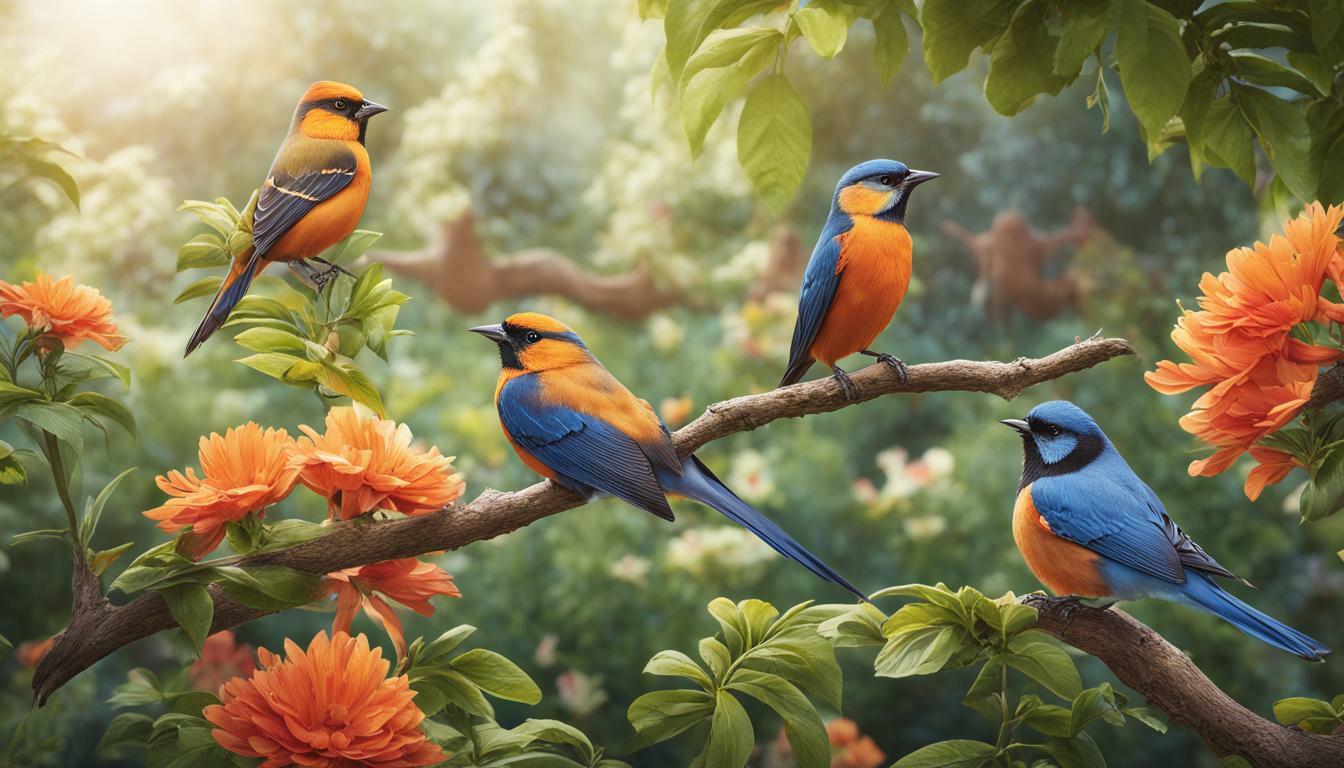How to Create a Bird-Friendly Garden: A Comprehensive Guide

Do you ever wonder how you can transform your garden into a sanctuary for our feathered friends? Imagine stepping into your backyard and being greeted by a symphony of birdsong, a flutter of wings, and a burst of vibrant colors. Creating a bird-friendly garden is not just about aesthetics; it's about fostering a thriving ecosystem that benefits both you and the birds. Let's dive into the world of avian hospitality and discover how you can make your garden a paradise for birds.
Understanding Bird Habitats
Before we get our hands dirty, it's crucial to understand what makes a habitat bird-friendly. Birds need four essential elements to thrive: food, water, shelter, and a place to nest. By providing these elements, you're not just attracting birds; you're creating a sustainable garden ecosystem.
Food: The Foundation of a Bird-Friendly Garden
Birds have diverse diets, ranging from seeds and berries to insects and nectar. To cater to a variety of birds, you need to offer a smorgasbord of food options. Planting bird-friendly plants is a great start. Native plants like sunflowers, coneflowers, and berry-producing shrubs are excellent choices. These plants not only provide food but also attract insects, which are a vital food source for many birds.
Water: A Vital Resource
Water is essential for birds, not just for drinking but also for bathing and preening. A birdbath or a shallow pond can be a lifeline for birds, especially during dry spells. Ensure the water is clean and fresh, and consider adding a dripper or mister to mimic the sound of natural water sources, which can attract more birds.
Shelter: A Safe Haven
Birds need places to hide from predators and seek refuge from harsh weather. Dense shrubs, evergreens, and brush piles can provide the perfect sanctuary. Trees and tall plants also offer perching spots for birds to rest and survey their surroundings.
Nesting Sites: A Home for the Next Generation
Different birds have different nesting preferences. Some prefer trees, while others prefer the ground or cavities in dead trees. Providing a variety of nesting options can encourage birds to raise their young in your garden. Nesting boxes, also known as birdhouses, can be a great addition, but ensure they are designed to suit the specific needs of the birds in your area.
Choosing the Right Bird-Friendly Plants
Selecting the right plants is key to creating a bird-friendly garden. Native plants are always a good choice because they are adapted to the local climate and provide the best food and shelter for local birds. Here are some plant categories to consider:
Trees and Shrubs
Trees and shrubs provide shelter, nesting sites, and food. Fruit-bearing trees like crabapples and serviceberries are excellent choices. Shrubs like elderberries and viburnums also offer a feast for birds.
Flowers and Herbs
Flowers and herbs attract insects, which are a crucial food source for many birds. Plants like asters, bee balm, and milkweed are not only beautiful but also beneficial for birds.
Grasses and Groundcovers
Grasses and groundcovers provide cover for ground-dwelling birds and a place for insects to thrive. Native grasses like switchgrass and little bluestem are great options.

Attracting Birds with Feeders and Birdhouses
While natural food sources are ideal, bird feeders can supplement the diet of birds, especially during lean times. Different types of feeders attract different birds. For example, tube feeders are great for small birds like finches, while platform feeders can accommodate larger birds like cardinals.
Types of Bird Feeders
- Tube Feeders: Ideal for small birds and can be filled with black oil sunflower seeds.
- Platform Feeders: Attract a variety of birds and can be filled with a mix of seeds.
- Suet Feeders: Provide high-energy food for birds like woodpeckers and nuthatches.
- Nectar Feeders: Attract hummingbirds and orioles with a sugar-water solution.
Birdhouses: A Home Away from Home
Birdhouses can provide a safe and cozy nesting site for birds. When choosing or building a birdhouse, consider the specific needs of the birds you want to attract. For example, bluebirds prefer a house with a 1.5-inch entrance hole, while wrens prefer a smaller hole.
Creating a Garden Ecosystem
A bird-friendly garden is more than just a collection of plants and feeders; it's a living ecosystem. By fostering biodiversity, you create a self-sustaining environment that benefits not just birds but also other wildlife.
The Role of Insects
Insects are a vital part of the garden ecosystem. They provide food for birds and help pollinate plants. By avoiding pesticides and planting insect-friendly plants, you can support a healthy insect population.
The Importance of Dead Trees
Dead trees, also known as snags, provide valuable habitat for birds. They offer nesting sites for cavity-nesting birds and a place for insects to live, which in turn provides food for birds.
Maintaining a Healthy Ecosystem
Regularly maintaining your garden can help keep the ecosystem healthy. This includes pruning plants, removing invasive species, and ensuring water sources are clean. However, it's important to strike a balance between maintenance and letting nature take its course.

Conclusion: Embrace the Joy of a Bird-Friendly Garden
Creating a bird-friendly garden is a rewarding journey that connects you with nature. By providing food, water, shelter, and nesting sites, you're not just attracting birds; you're creating a thriving ecosystem. Whether you're a seasoned gardener or a beginner, every step you take towards a bird-friendly garden makes a difference.
So, why not start today? Plant a native shrub, set up a bird feeder, or install a birdbath. Each action is a step towards a garden that sings with the joy of birds. Embrace the beauty and wonder of a bird-friendly garden, and watch as your backyard transforms into a sanctuary for our feathered friends.
FAQs
What are the best plants for attracting birds?
The best plants for attracting birds are native plants that provide food and shelter. Trees like crabapples, shrubs like elderberries, and flowers like asters are excellent choices.
How can I attract more birds to my garden?
To attract more birds to your garden, provide the four essential elements: food, water, shelter, and nesting sites. This can be achieved through planting bird-friendly plants, setting up feeders and birdbaths, and providing nesting boxes.
What is the best type of bird feeder?
The best type of bird feeder depends on the birds you want to attract. Tube feeders are great for small birds, platform feeders can accommodate larger birds, suet feeders attract woodpeckers, and nectar feeders are ideal for hummingbirds.
How can I create a safe habitat for birds?
Creating a safe habitat for birds involves providing shelter through dense shrubs and evergreens, avoiding pesticides, and keeping cats indoors. Also, ensure bird feeders and birdhouses are designed to deter predators.
Why is it important to have a bird-friendly garden?
A bird-friendly garden is important because it supports biodiversity, provides habitat for birds, and creates a thriving ecosystem. Additionally, it offers a rewarding and enjoyable experience for you, as you get to observe and interact with nature.
0 Response to "How to Create a Bird-Friendly Garden: A Comprehensive Guide"
Post a Comment